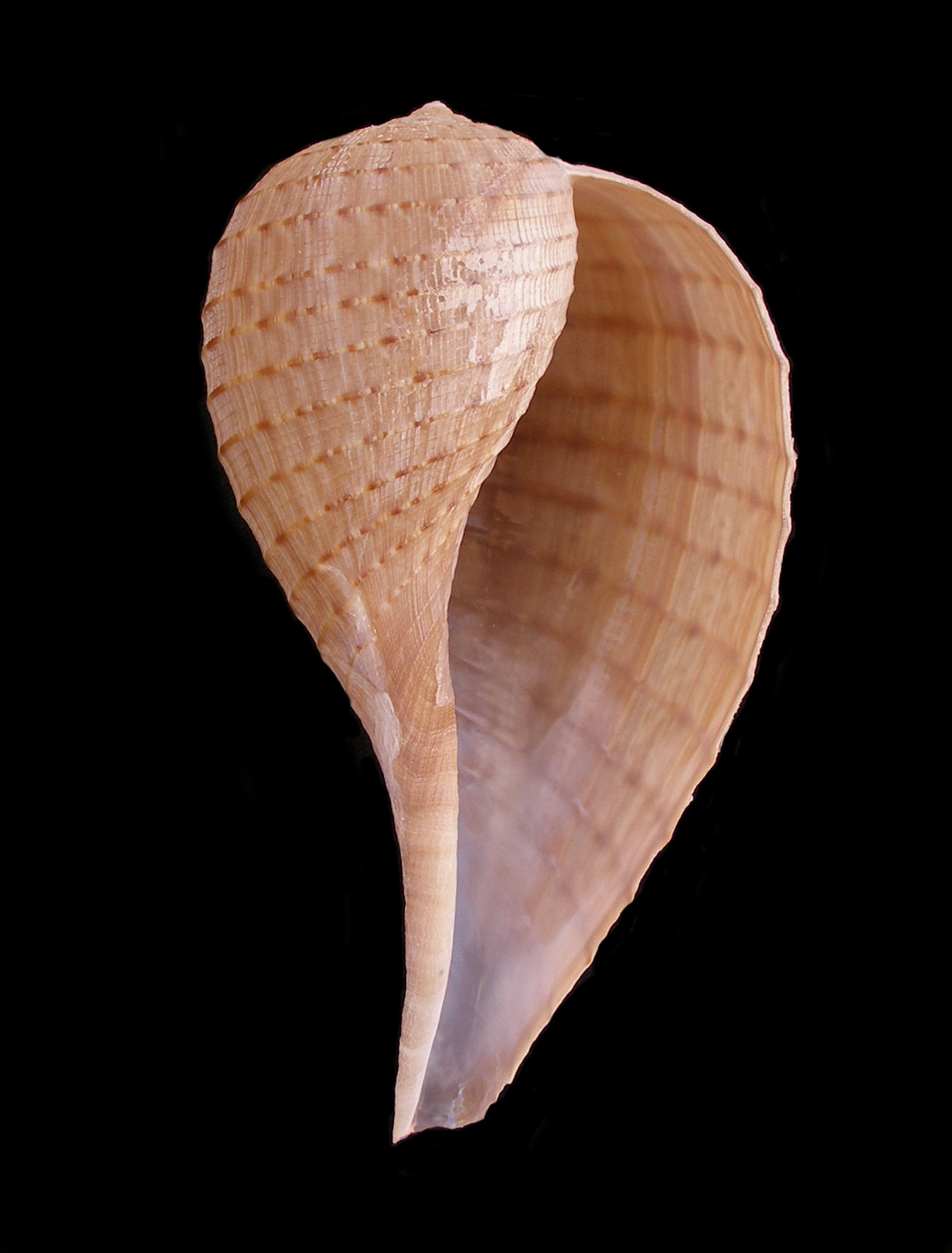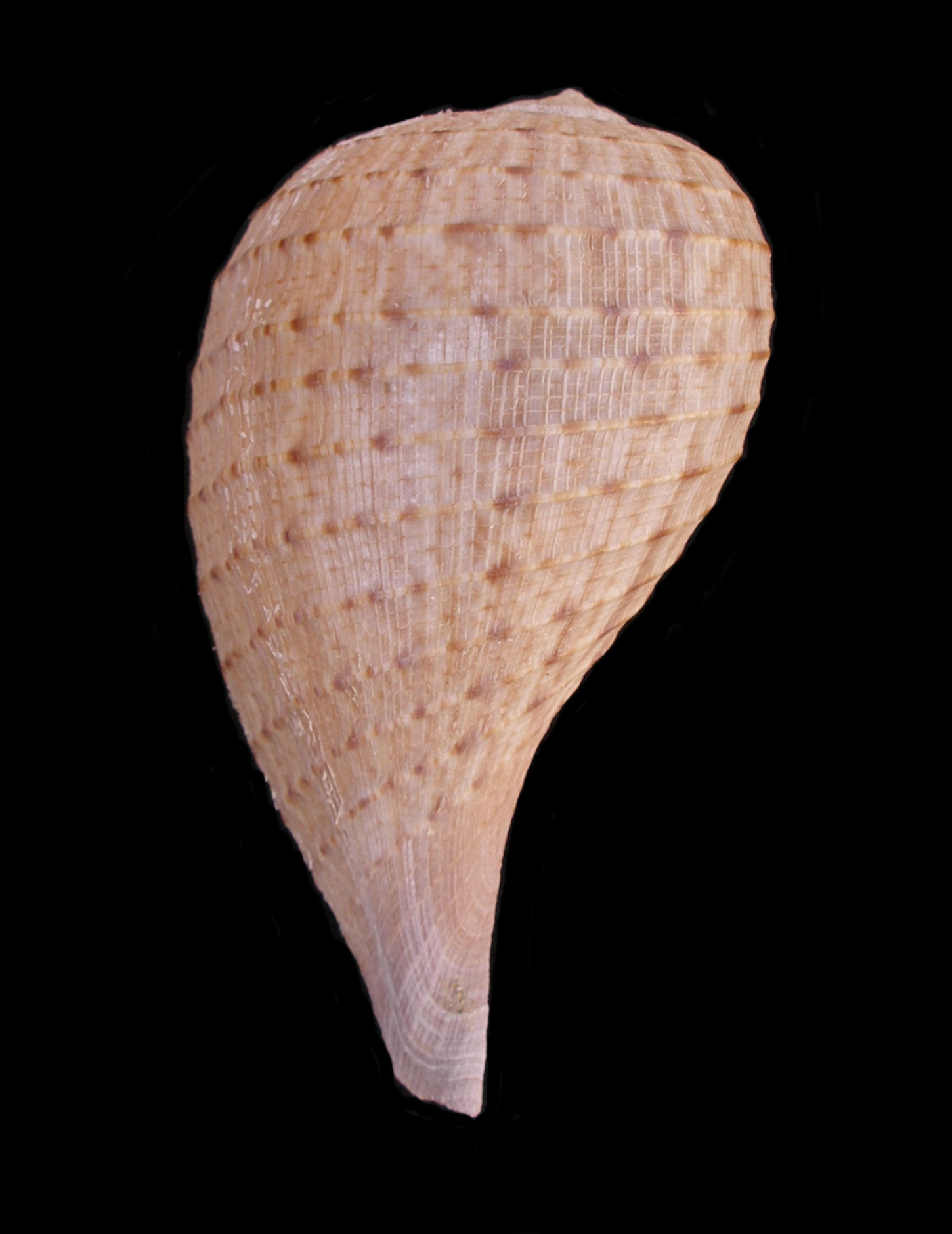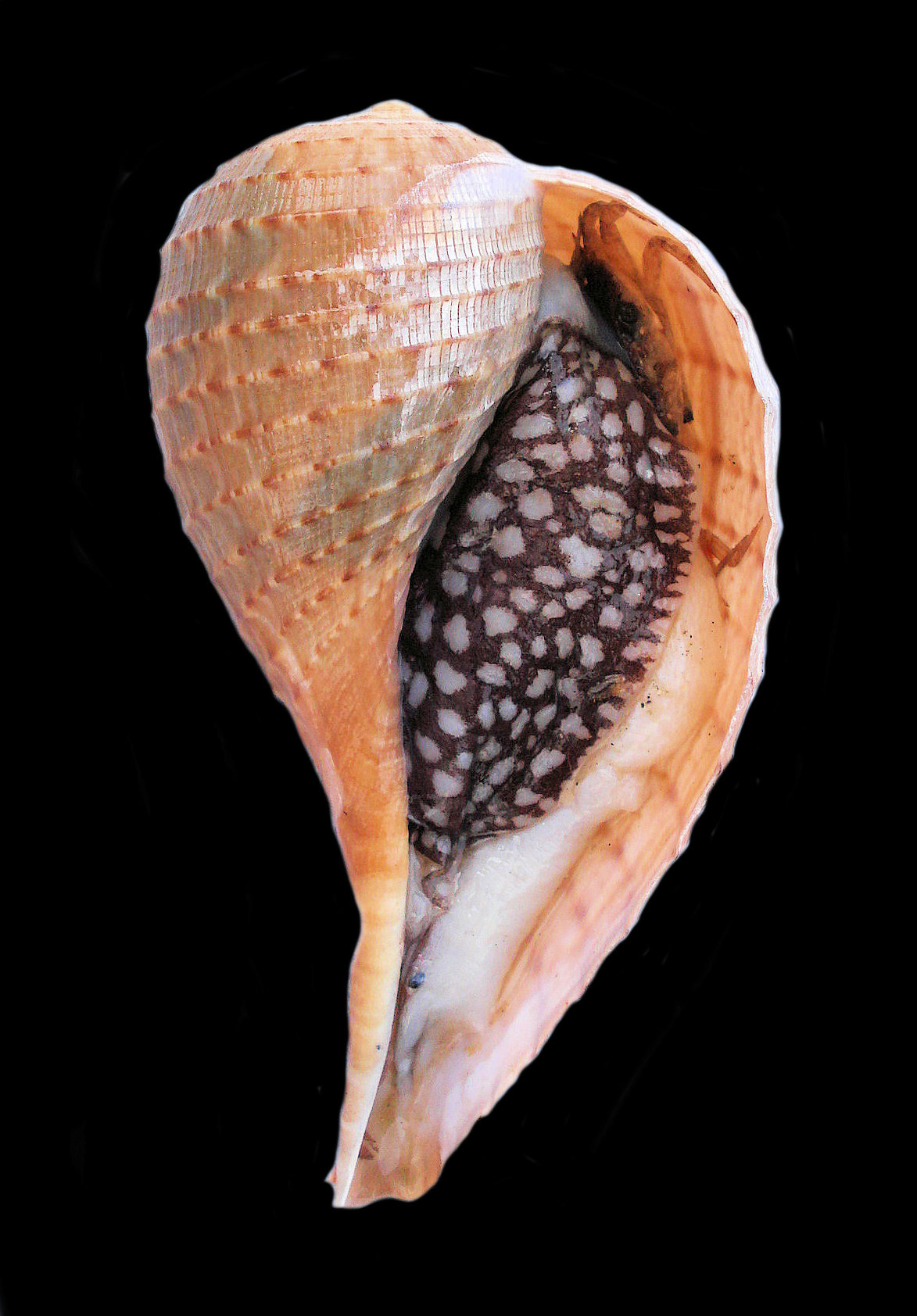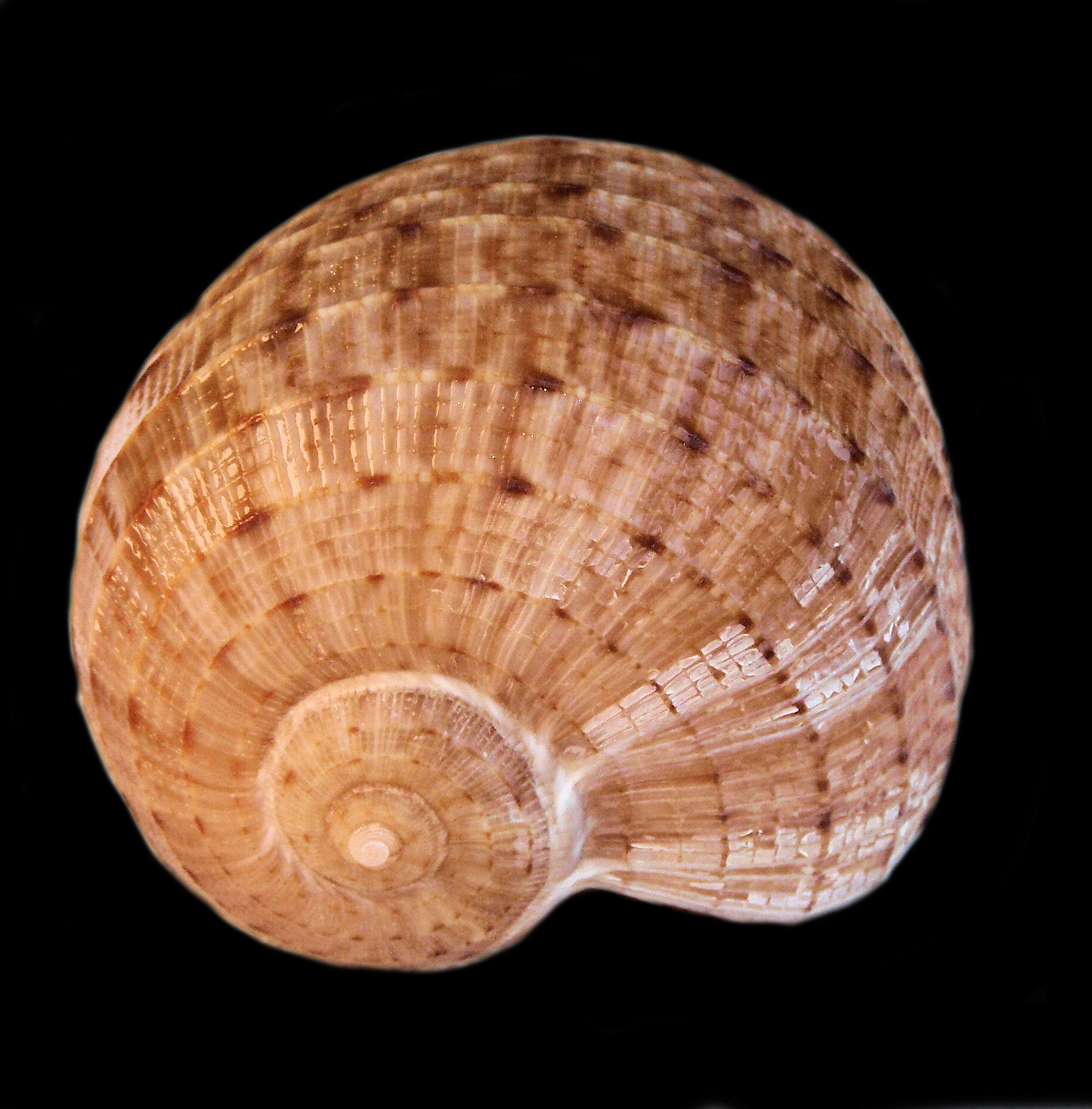Panamic Fig Shell, Ficus ventricosa



 Panamic Fig Shell, Ficus ventricosa.Shell collected off the beach in the greater Los Cabos area, Baja California Sur, August 2020. Size: 8.5 cm (3.3 inches) x 4.9 cm (1.9 inches).
Panamic Fig Shell, Ficus ventricosa.Shell collected off the beach in the greater Los Cabos area, Baja California Sur, August 2020. Size: 8.5 cm (3.3 inches) x 4.9 cm (1.9 inches).
The Panamic Fig, Ficus ventricosa (G. B. Sowerby I, 1825), is a gastropod mollusk that is a member of the Ficidae Family of Figs. They are also known as the Swollen Fig and in Mexico as caracol higo. The shell is gracefully curving, thin, but strong that are shaped like an elongate fig or pear. The shell is almost all body whorl and the spire is extremely low, not extending above the body whorl. The aperture is large and the siphon canal is long. They have external sculpting consists of fine spiral and concentric lines. The interiors are smooth and polished. They have a large mantle that extends over the shell and they do not have an operculum. The shells are tan to yellowish gray in color, with brown or reddish-brown spots on some of the ridges. The interior is pinkish to lavender in color. The Panamic Fig shells reach a maximum of 15.0 cm (5.9 inches) in length and 8.6 cm (3.4 inches) in height.
Panamic Fig are found on sand substrate at depths between 9 m (30 feet) and 26 m (85 feet). They are rarely collected by divers and more commonly brought up by shrimp trawlers, or found washed up on the beach. They range from Magdalena Bay, Baja California Sur to Peru. They are found throughout the Sea of Cortez.
Synonyms include Ficus ventricosus and Pyrula ventricosa.